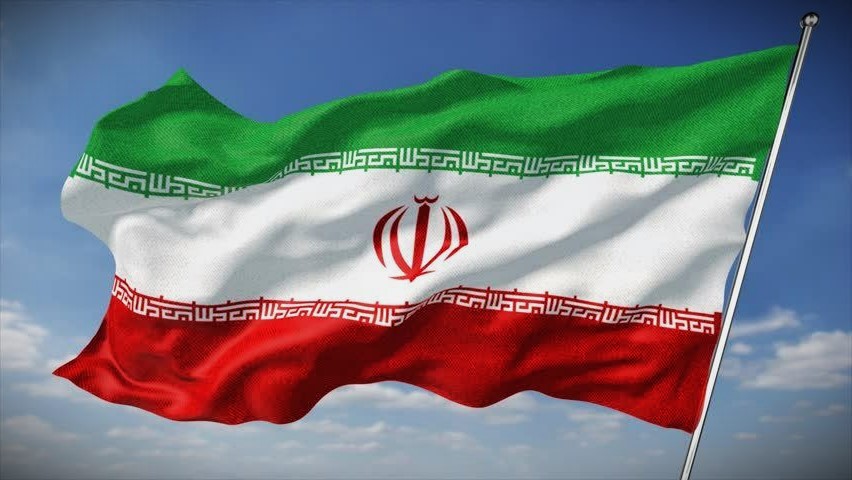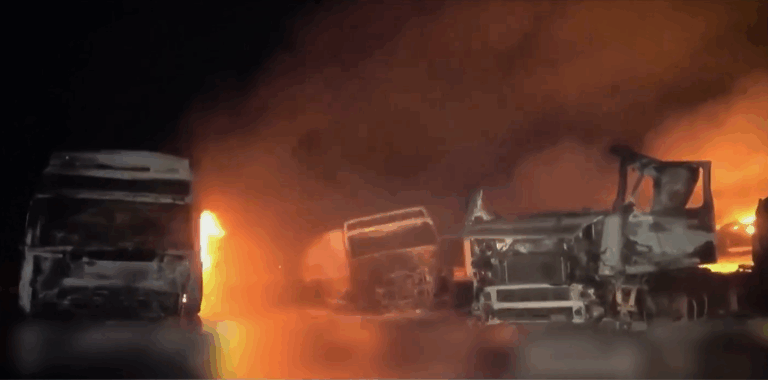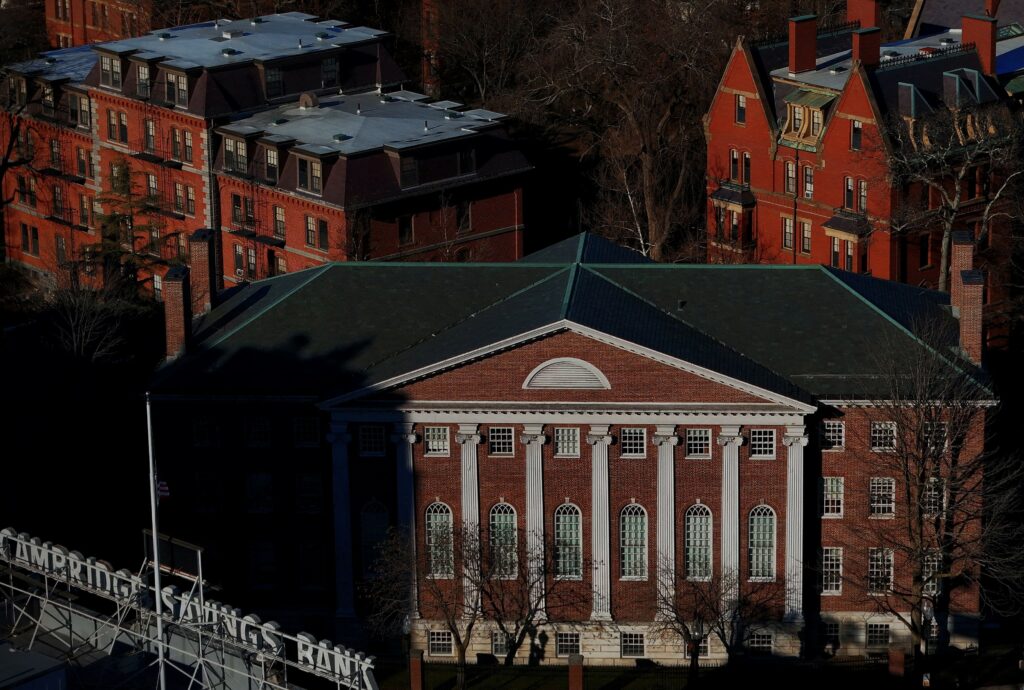
Introduction
The question of whether Iran possesses nuclear weapons is one of the most debated issues in international relations. While Iran has consistently denied any intention of developing nuclear arms, its extensive nuclear program and fluctuating compliance with global agreements have fueled speculation. As of now, there is no definitive proof that Iran has nuclear weapons, but its growing technological capabilities suggest that it could develop them if it decided to.
Evolution of Iran’s Nuclear Program
Iran’s nuclear journey began in the 1950s with U.S. assistance under the “Atoms for Peace” initiative. The 1979 Iranian Revolution led to a temporary suspension of nuclear activities, but the program resumed under the new regime with an intensified focus on self-sufficiency. Over the years, Iran has constructed numerous nuclear facilities, leading to heightened global scrutiny and suspicions about its true intentions.
Key Nuclear Capabilities
Iran’s nuclear infrastructure comprises various elements that contribute to its potential ability to develop nuclear weapons:
- Uranium Enrichment: Iran has developed and refined advanced centrifuges at Natanz and Fordow, allowing it to enrich uranium beyond the levels needed for civilian applications.
- Heavy Water Reactor in Arak: This facility, if operational, could produce plutonium, another key material for nuclear weapons.
- Missile Development: Iran possesses long-range ballistic missile technology, raising concerns about its capability to deliver a nuclear warhead if one were developed.
- Scientific Advancements: Iran has built a skilled workforce capable of advancing nuclear research, furthering its ability to pursue weaponization should it choose to do so.
The Nuclear Deal: A Shifting Landscape
In 2015, Iran entered the Joint Comprehensive Plan of Action (JCPOA) with major world powers, agreeing to significant restrictions on its nuclear program in exchange for economic relief. Under the deal:
- Iran drastically reduced its uranium stockpile and capped enrichment at 3.67%, well below the 90% required for weapons.
- The International Atomic Energy Agency (IAEA) was granted extensive monitoring rights.
- The Fordow facility was repurposed for research purposes rather than uranium enrichment.
However, the U.S. withdrawal from the JCPOA in 2018 led to increased tensions, prompting Iran to step away from many of its commitments and resume higher-level enrichment.
The Current Reality and the Path Forward
Iran has enriched uranium up to 60%, approaching weapons-grade levels but stopping short of actually producing a nuclear bomb. While no concrete evidence suggests that Iran possesses nuclear weapons today, its advancing capabilities and reduced cooperation with inspectors make the situation increasingly complex.
Geopolitical Impact and Future Risks
Iran’s nuclear program carries significant geopolitical risks:
- Regional Reactions: Israel, Saudi Arabia, and other regional actors remain on high alert, with Israel openly considering military action if Iran nears weaponization.
- Global Diplomatic Efforts: The U.S. and European nations continue to push for diplomatic solutions, though negotiations remain fragile.
- Nuclear Proliferation Concerns: If Iran were to develop nuclear weapons, it could set off a chain reaction, prompting other nations in the Middle East to pursue similar capabilities.
Conclusion
While Iran does not currently possess nuclear weapons, its growing technological capabilities and the erosion of international agreements keep the issue at the forefront of global security concerns. Continued diplomatic negotiations, effective monitoring, and regional cooperation are essential to preventing further escalation in an already volatile region.



